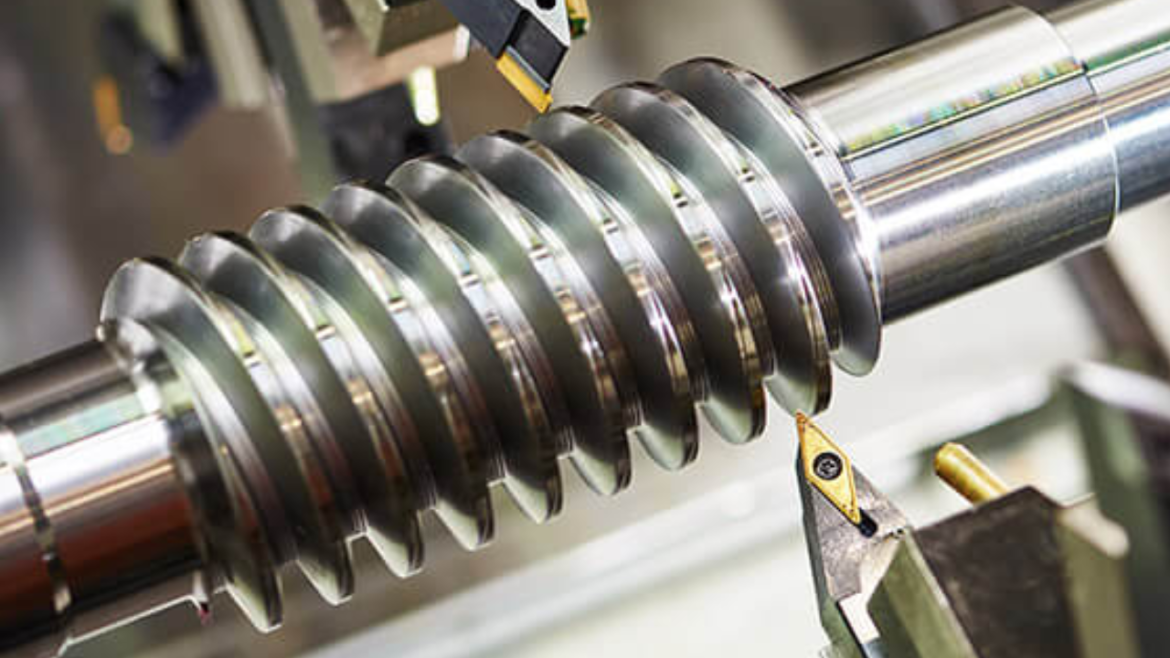A contemporary method of production that has transformed the manufacturing sector is CNC machining. To operate machinery and produce exact parts that adhere to predetermined specifications, computer programs are used. Numerous sectors, including those in the aerospace, defense, automotive, and medical fields, depend on this. The Air Force produced airplane parts on CNC machinery.
A trained precision machinist operator or even high-speed robotics may perform precision machining. In a subtractive manufacturing process, the machine’s cnc turning parts start with a block and use a cutting tool to remove material from it. Making a variety of parts that fit and function together is typically accomplished through precision machining. Machine materials should be selected based on a few essential characteristics. Details on material considerations will be provided in this article.
What Is The Average Price Of Precision Machining?
Precision machining often has an approximate cost, but this is difficult to determine because there are so many variables. Each component of CNC machining has a different price range and is made up of various parts.
In precision machining equipment, for example, the number of axes can be customized. A multi-axis machine may cost two to three times as much per hour as a three-axis machine. Other expenses include the fee paid to the designer for the Computer Manufacturing (CAM) layout, the precision machinist’s hourly labor cost dependent on skill level, and more.
Characteristics of the Right CNC Machining Material
Here are some necessary characteristics that should be taken into account during the selection of the right material:
Moisture
While some plastics and metals are naturally corrosion-resistant, other materials can require additional surface treatments like painting, plating, or anodizing. And indeed, many plastic materials, including nylon, can eventually absorb water. This causes premature part failure.
Corrosion Resistance
It takes much more than merely being near water to cause corrosion. Any unfavorable chemical interaction with a foreign material could result in component failure. Oils, reagents, acids, salts, alcohols, cleansers, and other chemicals are among these compounds. To ensure that your metal or plastic can tolerate any anticipated chemical exposure, consult the pertinent material data sheets.
Strength
All materials exhibit different forms of strength, therefore, it’s important to understand what your tolerance limitations are before selecting a material that has a sufficient safety factor well above those limits. The good news is that there are a lot of online material data websites that offer thorough technical details about every type of commercially accessible metal and plastic; they should be reviewed beforehand.
Heat
Heat causes all materials to swell and compress. If your part is going to undergo numerous heating and cooling cycles, this could possibly have an impact on it. Before reaching their melting point, parts become softer and more flexible as they become hotter.
Some plastic resins may experience thermal degradation as a result of heat, which breaks their chemical connections. Use a material that will be thermally stable at a temperature far higher than your anticipated working circumstances to avoid crucial part failure.
Machinability
While machinability is less of a problem with relatively soft plastic, it can be a major difficulty with some metals or carbon fibers. Carbon fiber is among the extremely strong materials that can easily obliterate expensive cutting equipment. Others will necessitate very precise control over the feed rates and cutting speeds. Additionally, certain materials can be treated more quickly than others. Using a metal that can be machined rapidly can ultimately save time and money for longer manufacturing runs.
Cost
Cost considerations apply to all raw materials, of course. However, we firmly advise all product makers to take into account the fact that choosing a lower-grade material to save money is never a smart move in the long run. Instead, pick the best material you can buy that still provides all of the essential features. This makes it more likely that the end component will be robust.
Sum Up
CNC precision machining is an easier process that uses the raw material and converts it into a fine product. These machines are easy to operate. This is a commonly used process now. Remember that choosing the proper material for CNC machines depends on a few factors. When making the purchase, some fundamental characteristics of the material are considered.
